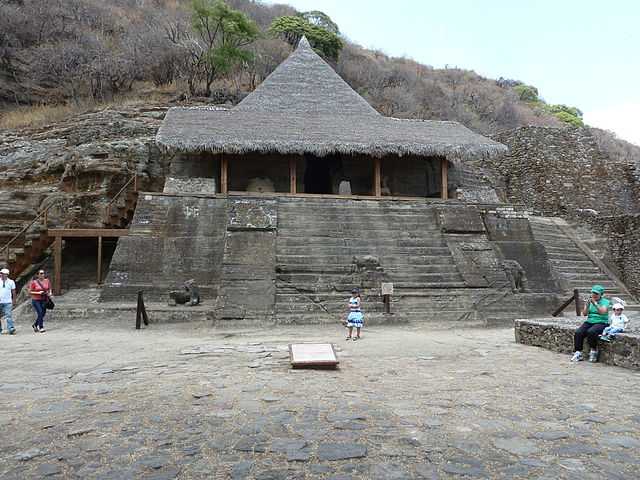Cuauhtinchan, also known as Cuauhtinchan Archeological Zone, is an ancient Mesoamerican site located in the state of Puebla, Mexico. The site is estimated to be around 1,500 years old and was primarily occupied by the Chichimeca people, although it later came under the influence of other Mesoamerican cultures like the Aztecs. Cuauhtinchan is known for its complex of pyramids, plazas, and other architectural features.
Get your dose of History via Email
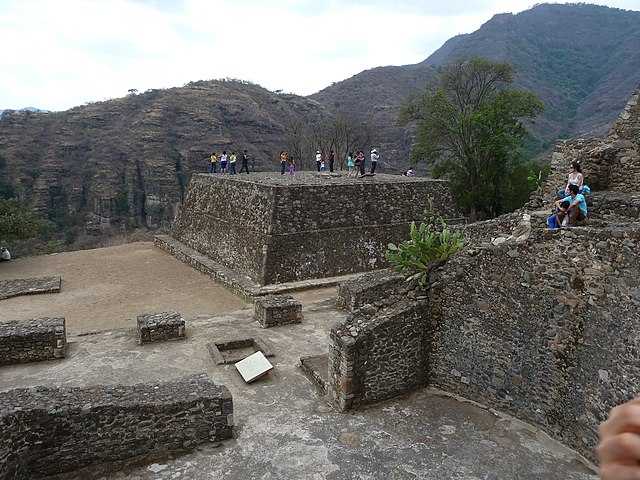
History of Cuauhtinchan
The Cuauhtinchan archeological site is located in the state of Puebla, Mexico. It was discovered in the early 20th century and has since been an important site for the study of Mesoamerican culture. The site is believed to have been inhabited by the Olmec, Toltec, and Aztec civilizations, among others. It is known for its unique architectural style, which combines elements of various cultures. The site has several structures, including a ballcourt, a pyramid, and a palace. In recent years, the site has been the subject of restoration efforts to preserve its historical significance for future generations to appreciate and learn from.
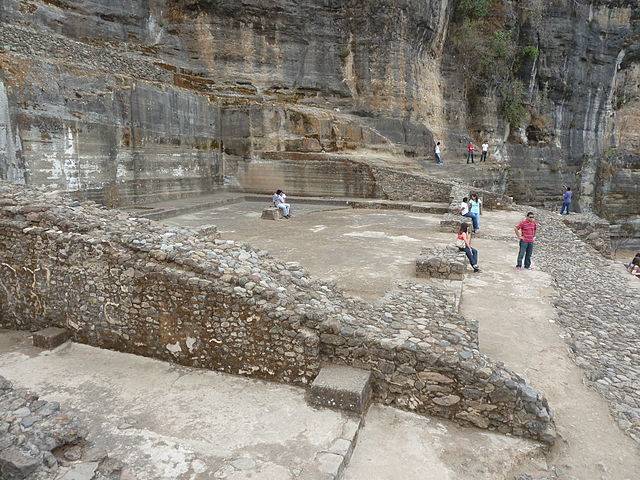
Artifacts and Objects Found at Cuauhtinchan
The Cuauhtinchan archeological zone is a treasure trove of artifacts and objects from the pre-Columbian era. Excavations at the site have revealed numerous stone sculptures, including those depicting deities and mythical creatures. Pottery is another significant find at the site, with examples ranging from simple utilitarian vessels to intricately decorated ceremonial pieces. The discovery of obsidian blades and other tools suggests that the site was once a center for manufacturing and trade. A number of burial tombs have also been uncovered, yielding valuable insights into the funerary practices of the ancient inhabitants of the region. Overall, the artifacts and objects found at the Cuauhtinchan archeological zone provide a fascinating glimpse into the rich cultural heritage of the indigenous peoples who once inhabited the area.
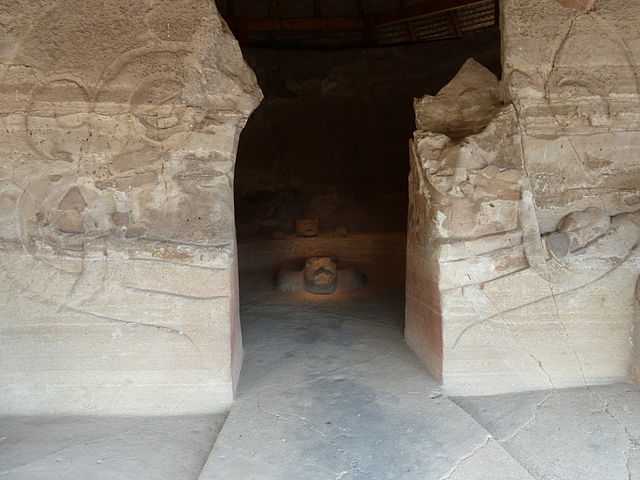
Significance of the Cuauhtinchan in Mesoamerican History
The archeological excavations of Cuauhtinchan have revealed a complex system of water management, including irrigation canals and aqueducts. In addition to its hydraulic engineering, the site boasts impressive architectural structures, such as the temple of the sun and the moon. Furthermore, the discovery of finely crafted ceramic figurines and other artifacts suggests that the Tlaxcalteca were skilled artisans. The significance of the Cuauhtinchan Archeological Zone lies in its potential to provide insight into the political, economic, and social dynamics of Mesoamerican civilizations.
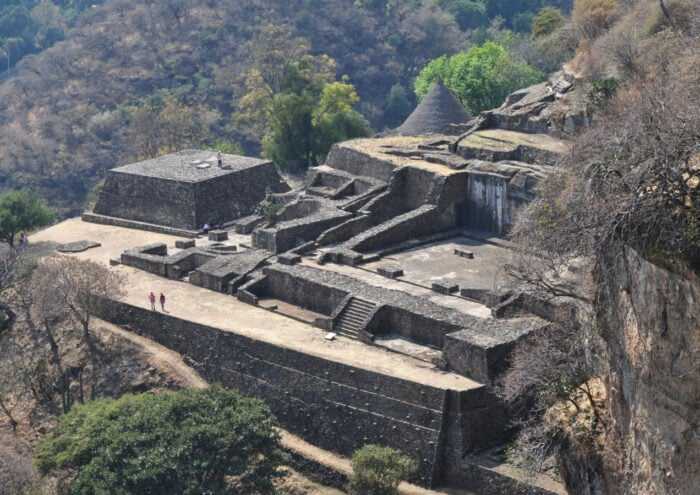
Visiting the Cuauhtinchan Archeological Zone
Overall, a visit to the Cuauhtinchan Archeological Zone is not to be missed for anyone interested in history, culture, or archeology. While the site is not as well-known as some of the more famous ruins in Mexico, it is still a valuable piece of the country’s past and a testament to the ingenuity and skill of the ancient peoples who called it home. With its impressive pyramids, intricate murals, and stunning views, the zone offers visitors a unique glimpse into the lives of those who lived and thrived in the region centuries ago. Whether you are an avid history buff or simply looking for a quiet and scenic escape from the hustle and bustle of nearby cities, a trip to the Cuauhtinchan Archeological Zone is well worth the time and effort.
For further reading and to validate the information presented in this article, the following sources are recommended:

